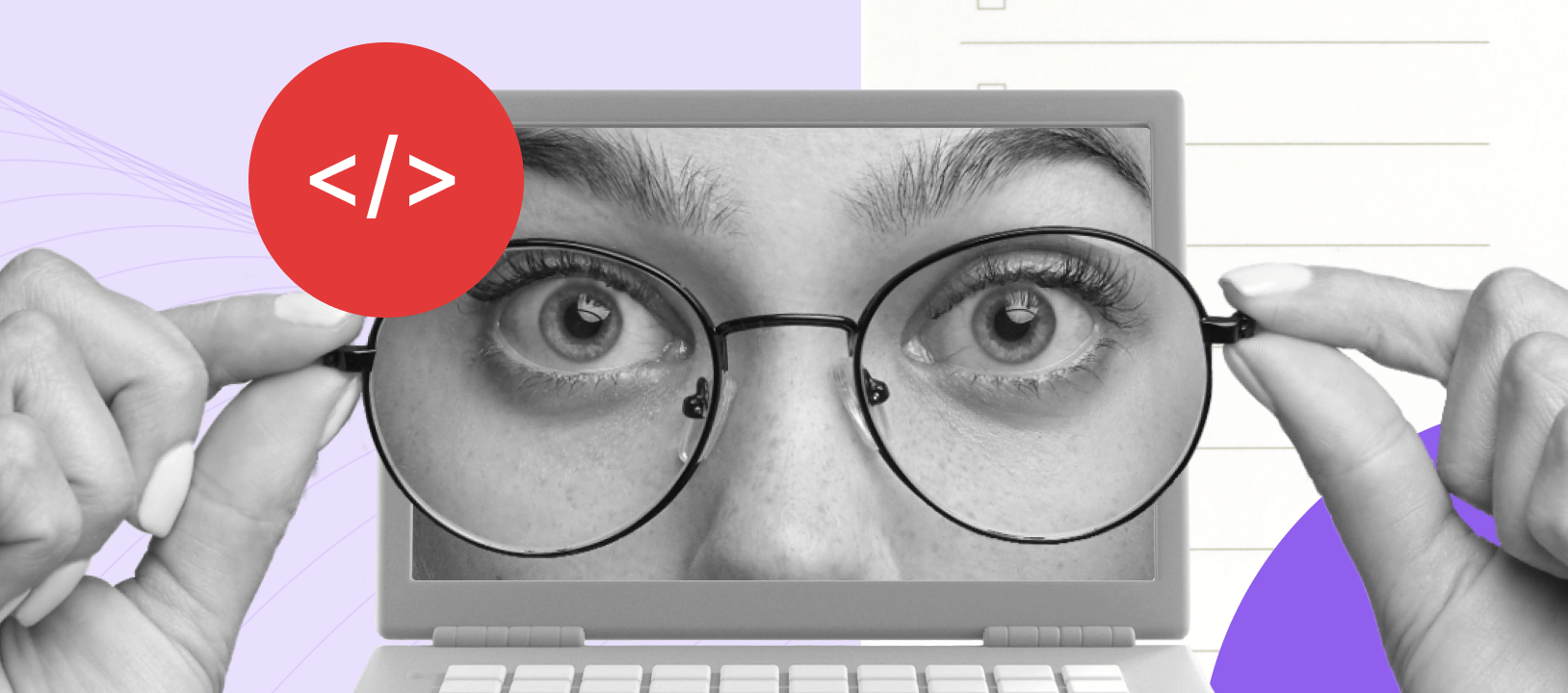We’ve already mentioned e-prescribing (eRx) as part of EHR functionality in the article about how to choose small practice EHR. Below, we’re going to dive deeper into the topic and explain how medical practices can benefit from using e-prescribing software.
What is e-prescribing?

E-prescribing is a computer-based alternative to handwritten prescriptions. It allows physicians and other medical practitioners to write and send prescriptions for medications to participating pharmacies electronically.
Below, we’ve singled out 5 major benefits of e-prescribing.
Reduced risk of medication error
Medication errors are one of the most common medical errors. Each year FDA receives over 100,000 reports on a suspected medication error.
Such errors are usually caused by physicians’ illegible handwriting or the incompleteness of prescriptions. They may lead to serious consequences such as hospitalization, a life-threatening situation, birth effect, disability, and even death.
The risk of medication error in e-prescribing is only 2.5% compared to 35.7% in handwritten prescriptions. Thanks to a convenient entry data format of e-prescribing software, physicians can choose medicine, its quantity, and dosage from the established list of choices in just a few clicks. As a result, electronically generated prescriptions, legible and complete, require less interpretation from pharmacy workers, which streamlines and improves the medication dispensing.
Enhanced decision support for medication selection
Some of the more advanced e-prescribing systems have decision-support tools that provide valuable insight into patient allergies and prescription history. It helps eliminate the risk of unexpected allergic drug reactions, harmful interactions with other active medications, therapeutic duplication, and the undesirable effect of pediatric, geriatric, pregnancy, and breastfeeding issues.
Improved prescription adherence

Medication nonadherence is a common problem in the USA: approximately 50% of medications for chronic disease are not taken as directed and about 20-30% of medication prescriptions are never filled.
And this tendency may have serious consequences. Each year medication nonadherence results in up to 25% of hospitalizations, 50% of treatment failures, and approximately 125,000 deaths in the USA.
And amid the ravaging pandemic, this problem is especially acute. To speed up the recovery and prevent the spread of the new virus among other people, all patients should strictly follow medical prescriptions. It’s especially important to do for those at the highest risk of severe illness from COVID-19: older adults and people with pre-existing medical conditions.
Compared to handwritten prescriptions, with e-prescribing, it’s much easier for providers to monitor patient medication adherence. E-prescribing helps reduce medication nonadherence by 47% compared to paper-based prescription. It allows physicians to check prescription fulfillment and medication pickup, monitor potential drug abuse, and counsel patients on the use of medicine.
Reduced costs
Medication nonadherence can affect not only patients but also the healthcare industry itself. Skipping medications costs the US healthcare system as much as $290 billion per year in avoidable medical spending.
And since, as we’ve already mentioned, the use of e-prescribing helps improve medication adherence, it appears to be not only an effective but also a much more cost-saving alternative to handwritten prescriptions. The Surescripts analysts predict that the shift to e-prescribing can save the industry up to $240 billion in health care savings over 10 years.
Meaningful Use Compliance
In addition to all the above-mentioned benefits, the use of e-prescription is one of the core Meaningful Use requirements necessary for MIPS.
Summing up
So as you can see, e-prescribing is a powerful tool that can help streamline the medication-use process, ensure the safety of patients, improve medication adherence, and cut operating costs.
We hope these benefits are helpful for you if you consider implementing an e-prescribing software solution. In case you have any questions/doubts about building an EHR solution in your organization, feel free to get in touch with our consultants, and they will guide you on your custom software development.









